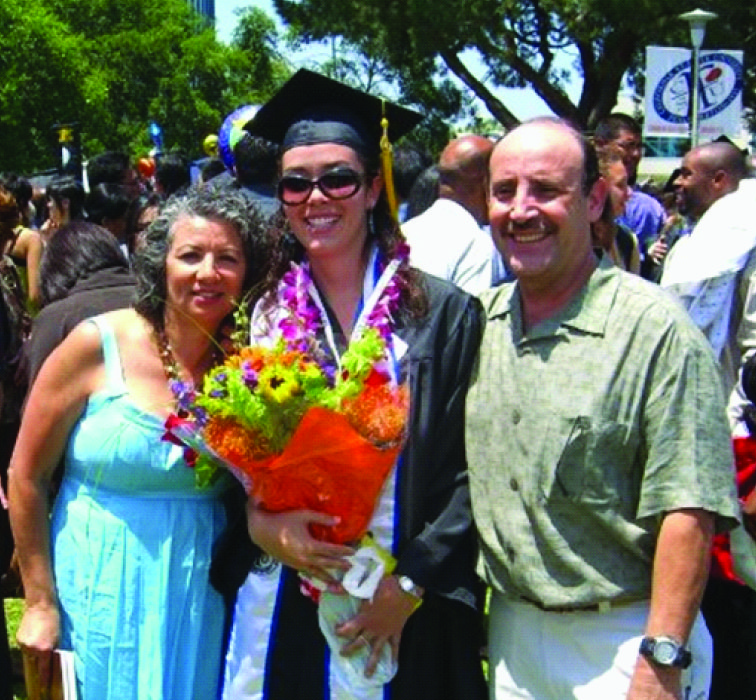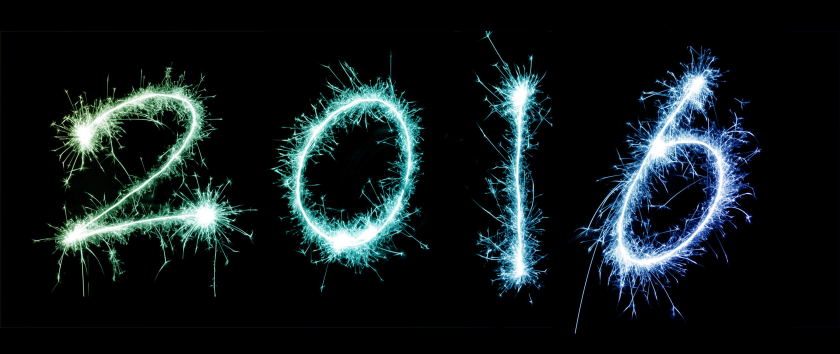
The New Year is just days away. For many, it’s a fresh start; a chance to re-evaluate decisions made in the past year and their results. Was my money well spent? Did I make exercise a priority? And if the answers aren’t to the individuals liking, the New Year provides an opportunity to make some changes. At Oxford Tutoring, we suggest, in the next few days before the New Year, students take the same action, focusing particularly on their studies.
Ask yourselves a few questions: Did I get the grades I wanted this last semester? Did I put the effort into school that I wanted to? Did I feel prepared for the tests I took? If your answer to any or all of these questions is no, then most likely it is time to evaluate your study habits, then consider adopting some new ones so that you can start off 2016 academically strong.

Here is a list that we at Oxford Tutoring have compiled of tips to study more effectively in 2016. Even if you choose to use only one of the tools, you are already in a better place for 2016 then you were in 2015.

#1: Get a Planner
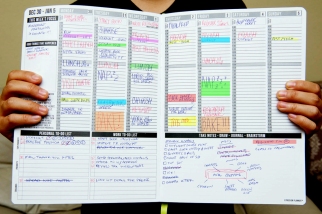 It seems simple enough and it is. But planners are an often overlooked option for preparing to take exams. And don’t just buy a planner, make sure that you actually use it! There you can put down every upcoming test,
It seems simple enough and it is. But planners are an often overlooked option for preparing to take exams. And don’t just buy a planner, make sure that you actually use it! There you can put down every upcoming test,
every project, every deadline. You can even add checklists, use different color pens, utilize post-it notes or develop whatever system necessary to help you get organized.
Why does organization matter in becoming a more effective studier? Keeping track of upcoming tests and events will help you be prepared. If you know what is coming you can prepare for it. And your grades will not suffer from those inevitablely forgotten assignments which can quickly add up if you aren’t paying attention.

Furthermore, putting down everything on paper is an excellent way to clear your mind. Worries about deadlines can often creep into our subconscious and nag at us even if we do not realize it. With all your to do’s written down, your thoughts have room to breathe and focus on the task at hand. It will be easier to study and easier to retain information with a clear mind.

#2: Plan Ahead

Now that you have purchased your planner and filled it up with tests and project dates, you have the chance to look down the road and see what lies ahead. Which means, you can plan ahead. Mark out time in your calendar to study. Make it a priority, or set it up as a checklist that you make sure to complete before you move onto anything else.
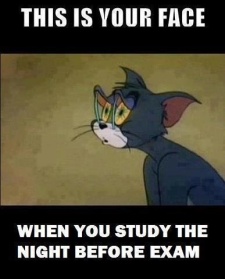 Additionally, it is extremely helpful to study a little bit every day. One of the biggest mistakes students make is that they prepare for their tests and write their papers the night before. This works against you in several ways. First of all, the stress level alone means you are not going to be as present while studying. Secondly, trying to cram week’s worth of learning or writing into one evening is an excellent way not to learn. Lastly, because you have jammed all that information into your brain just for one test, chances are once the test is over, all that information is going to fall away. This will be detrimental come final’s time; and, even more harmful in classes like Math and Science, where concepts build upon one another, meaning that it is necessary to have a firm foundation of one formula before being able to understand another.
Additionally, it is extremely helpful to study a little bit every day. One of the biggest mistakes students make is that they prepare for their tests and write their papers the night before. This works against you in several ways. First of all, the stress level alone means you are not going to be as present while studying. Secondly, trying to cram week’s worth of learning or writing into one evening is an excellent way not to learn. Lastly, because you have jammed all that information into your brain just for one test, chances are once the test is over, all that information is going to fall away. This will be detrimental come final’s time; and, even more harmful in classes like Math and Science, where concepts build upon one another, meaning that it is necessary to have a firm foundation of one formula before being able to understand another.

#3: Determine Your Learning Style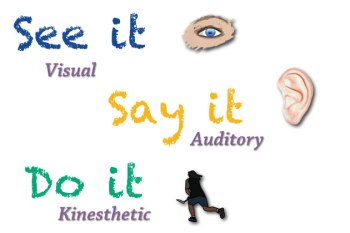
In order to be able to study the most effectively, it is imperative that a student knows what study habits work for him or her and what study habits do not. Many students do not take an assessment on their learning style until college, if then. Meaning that they may have spent years struggling through studying simply because they did not know there were other resources available to them based on how they learn.
There are three main learning styles: visual, auditory, and kinesthetic. A quick break down of these styles is that visual learners retain information through what they see. These are usually the students that all of their friends are jealous of because they can remember facts just by viewing them. Then, there are auditory learners. These are the students that do best recalling knowledge if they have heard it out loud. Lastly, kinesthetic learners are those that require touching and moving in order to best understand what it is that they are learning.
To figure out what learning style you are, take the quiz.

#4: Use Learning Style Study Methods
Once you determine youR learning style, you can use suggested study methods to better prepare for tests.
Check out the following lists to get some ideas.
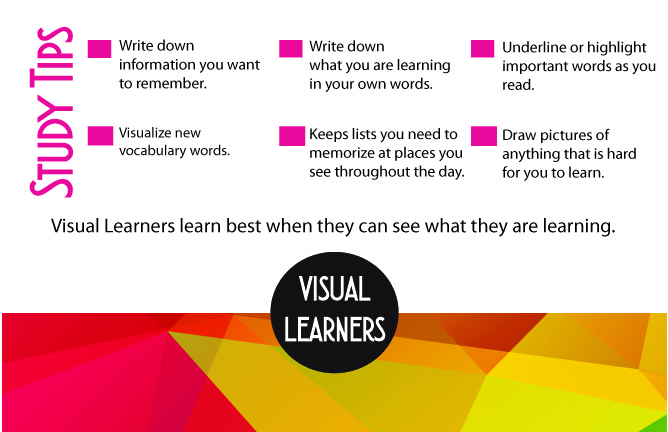
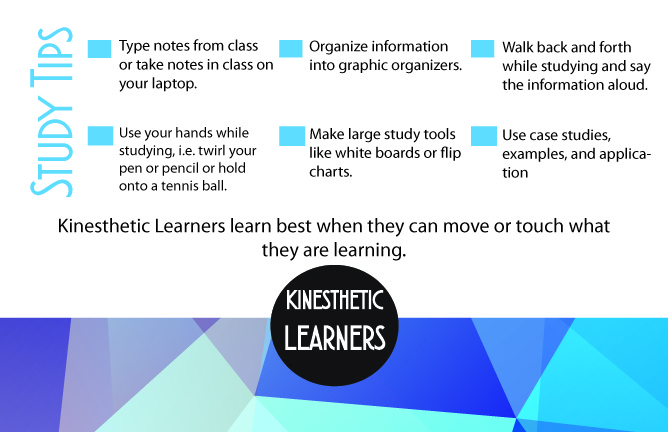
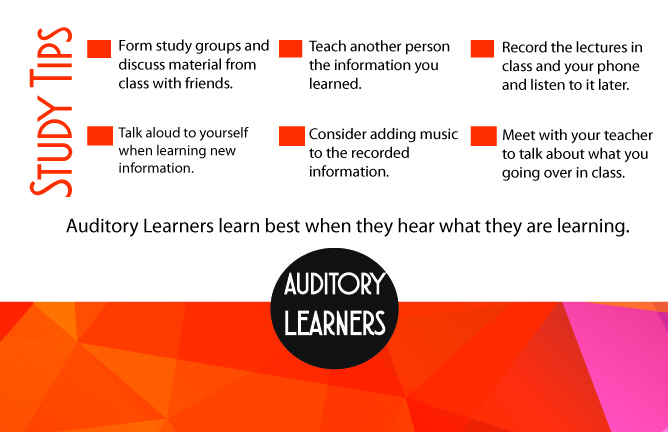

#5: Set a Scheduled Break
There is only so much information you can remember in one sitting of studying. And while some may think that taking break is counterproductive in reality, breaks give your mind a chance to rest. Therefore, you can come back to your study table refreshed and ready to take on more reading.
So get to know your own mind. Do you tend to stop remembering what you are studying after 30 minutes, an hour, or an hour and a half? Whatever it is, set an alarm on your phone as a reminder to get up from your desk and let your brain breathe.
For weekly tests, you probably do not want to take more than a ten minute break. However, if you are preparing for a big test, such as a final or an SAT or ACT, taking longer breaks around 20 minutes is recommended.
 No matter how long the break, do not, I repeat do not go on Instagram, play a video game or turn on the TV. These activities are not actually giving your brain a rest. Furthermore, you will most likely end up spending longer than your planned break and waste precious study time. It is ideal to grab a healthy snack, get outside or go for a quick walk. On your longer breaks, consider shooting hoops or playing a quick game of catch. Exercise helps your brain in a number of ways, including fighting stress and improving your ability to focus. (It’s true, really!)
No matter how long the break, do not, I repeat do not go on Instagram, play a video game or turn on the TV. These activities are not actually giving your brain a rest. Furthermore, you will most likely end up spending longer than your planned break and waste precious study time. It is ideal to grab a healthy snack, get outside or go for a quick walk. On your longer breaks, consider shooting hoops or playing a quick game of catch. Exercise helps your brain in a number of ways, including fighting stress and improving your ability to focus. (It’s true, really!)
If you are in a time crunch, instead of taking a break, switch subjects. For example, if it is finals week, and you have a History final and Mathematics final on the same day, you may find it helpful to switch from History to Math after an hour and a half.

So, schedule your break for a time that will be most helpful for you, and take that break you have earned it. But do not, I repeat, do not go on Instagram.

#6: Set up a Study Environment
Just as important as the way that you study is the environment in which you study.
Why?
Because much like your routine before you go bed, is the routine you 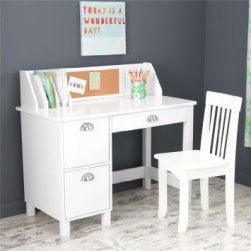 establish when studying. For example, when you get ready for bed you might (hopefully) first brush your teeth, then wash your face, put on your pajamas, set your alarm, and finally hop into bed. These steps, taken in the same order most nights, signal to your brain that it is time to sleep. Forget one of your steps or add surfing the web while lying in bed to your routine, and you may find yourself tossing and turning.
establish when studying. For example, when you get ready for bed you might (hopefully) first brush your teeth, then wash your face, put on your pajamas, set your alarm, and finally hop into bed. These steps, taken in the same order most nights, signal to your brain that it is time to sleep. Forget one of your steps or add surfing the web while lying in bed to your routine, and you may find yourself tossing and turning.
 This is the same for when you study. If you listen to music while studying, your brain will associate the information you are learning with music. So when you go to class and sit down to take a test, your brain will have a harder time recalling that information because it will be waiting for music that never actually plays.
This is the same for when you study. If you listen to music while studying, your brain will associate the information you are learning with music. So when you go to class and sit down to take a test, your brain will have a harder time recalling that information because it will be waiting for music that never actually plays.
Furthermore, the classroom environment is generally quiet, your desk is empty, and you’re sitting in a hardback chair. So when studying try and mimic this layout and atmosphere.

#7: Get Several Good Nights of Sleep
Speaking of sleep, getting several good night’s rest in a row is important. When getting ready for a test, it is not enough to simp ly get in your eight hours of sleep the night before. (And hey guys, it should be at least 8 hours. Because, as an adolescent, your bodies and brains are working harder as they develop, studies show that most teenager actually need closer to 9 1/2 hours to feel fully refreshed). Your body won’t feel the full effect of that rest until a couple of days later. So, ideally, you want to be sleeping well for several nights in a row before a big test.
ly get in your eight hours of sleep the night before. (And hey guys, it should be at least 8 hours. Because, as an adolescent, your bodies and brains are working harder as they develop, studies show that most teenager actually need closer to 9 1/2 hours to feel fully refreshed). Your body won’t feel the full effect of that rest until a couple of days later. So, ideally, you want to be sleeping well for several nights in a row before a big test.
I can see many of you wondering, with all the studying I have to get done, how in the world am I going to get 9 1/2 hours of sleep, let alone 8? Time management is key. And if you take the steps mentioned above, you most certainly will have enough time to get the necessary sleep.

If, even after applying these study tips, you still do not have time to get enough sleep, you may want to look at the number of commitments you have made. Between sports, school, extracurriculars and social activities, it is extremely easy to take on too much. Many students think they have to do a lot in order to get into a good college. But what will colleges appreciate more, a student who gets average grades because she has over-extended herself or a student who excels in the few activities she has committed herself to? Here’s a hint, it’s the latter.
Bottom line: go get some ZZZ’s.

# 8: Eat Healthy Food
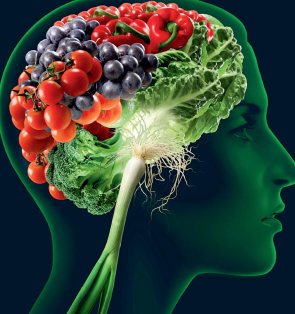 Not long ago a student was preparing for her finals, and her mother, knowing that she would have a lot of studying ahead of her, put together a care package of goodies to help her get everything finished. This act was kind on her mother’s part, but the contents were cringe worthy. Inside were salty pretzels, chocolate muffins, candy, soda and several other junk food items. The irony here was that though her mother was trying to help her, this care package was not at all useful. These foods would do nothing whatsoever to give her energy and the mental strength to get through finals, in fact these foods would work against her.
Not long ago a student was preparing for her finals, and her mother, knowing that she would have a lot of studying ahead of her, put together a care package of goodies to help her get everything finished. This act was kind on her mother’s part, but the contents were cringe worthy. Inside were salty pretzels, chocolate muffins, candy, soda and several other junk food items. The irony here was that though her mother was trying to help her, this care package was not at all useful. These foods would do nothing whatsoever to give her energy and the mental strength to get through finals, in fact these foods would work against her.
Eating “brain food” is another simple way to make your study time more effective.
Check out the chart below for suggested foods and their benefits.
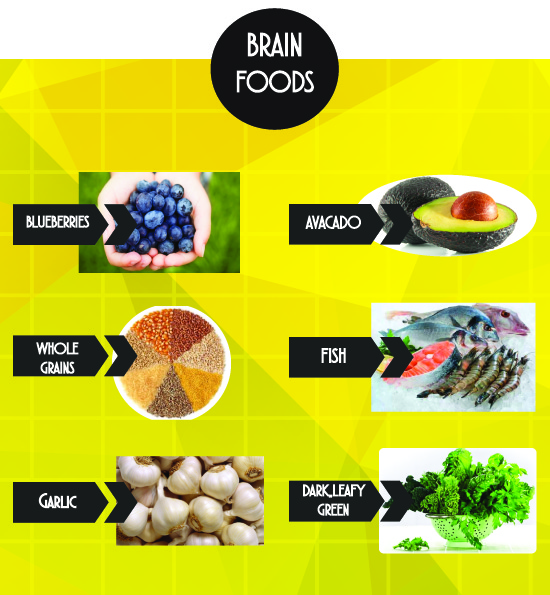
Read an article about brain food here.

#9: Form a Study Group
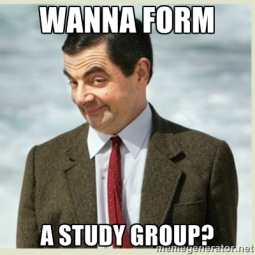 Many do not discover the power of a committed study group until after High School; however, students as young as Jr. High can find study groups valuable. We’re not talking about a group of friends who get together for an hour, talk for half of it, take selfies for another 15 minutes, and do not get around to studying until it’s almost time to leave.
Many do not discover the power of a committed study group until after High School; however, students as young as Jr. High can find study groups valuable. We’re not talking about a group of friends who get together for an hour, talk for half of it, take selfies for another 15 minutes, and do not get around to studying until it’s almost time to leave.
What we are referring to is a study group with committed students whose goals really are to improve their grades and do well on tests. Kids who want to goof off, talk, or not do the work should not be invited. And if you cannot get school work done with friends, then look for other serious students in your class.
This can be helpful for a number of reasons. First of all, discussion is a powerful tool for learning. Also, if you are not sure about something, there are several students you can go to for help. Between a group of minds, one of the students is most likely going to have the answer or your group can reason it out together. Lastly, if another student is unsure, this gives you the opportunity to teach them. When you get the chance to apply what you learn, you deepen your understanding.


#10: Set an End Goal
Maybe, you are the type of student who knows exactly where you want to be in ten years. Maybe you know exactly where you want to go to college. Or maybe you are just trying to make it through the semester, so please stop talking about goals, thank you very much! Regardless of where you are at, it is important to have objectives, whether they be short term or long term.
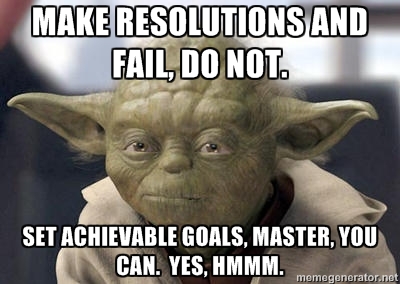 Not sure where you want to be in the future? Take a few moments to reflect. Decide what grades you want this semester. Think about the college of your dreams. Even go as far as what type of job you want. Write them down. Go back to them throughout the semester to remind yourself of what it is that you are working so hard for.
Not sure where you want to be in the future? Take a few moments to reflect. Decide what grades you want this semester. Think about the college of your dreams. Even go as far as what type of job you want. Write them down. Go back to them throughout the semester to remind yourself of what it is that you are working so hard for.
What is your motivation? What keeps you getting out of bed in the morning and going back to school every day? All this time you are putting to school is not in vain. You will use it down the road whether it seems like it or not.
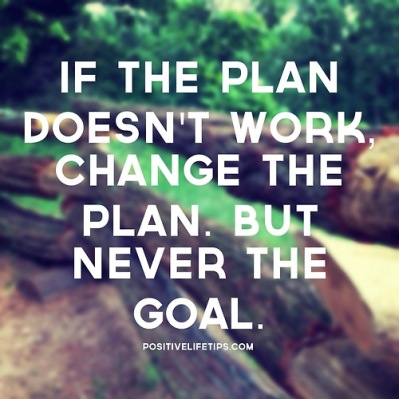
At the very least, school is a stepping stone to get you to where you want to get. So when you feel overwhelmed and like you want to throw in the towel, remember your purpose for studying. You are headed somewhere, and there is a reason for giving school your best effort.
. . .
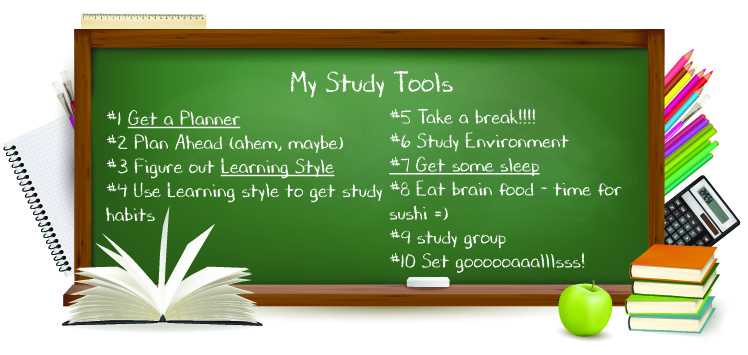 We hope that this list gave you some helpful tips to study more effectively in the New Year. Even if using just a few of these tips end up making your studying more efficient, then it was worth the effort of applying these tools.
We hope that this list gave you some helpful tips to study more effectively in the New Year. Even if using just a few of these tips end up making your studying more efficient, then it was worth the effort of applying these tools.
Which one of these tips sound the most helpful? Are there any tips not on the list that you use to study?
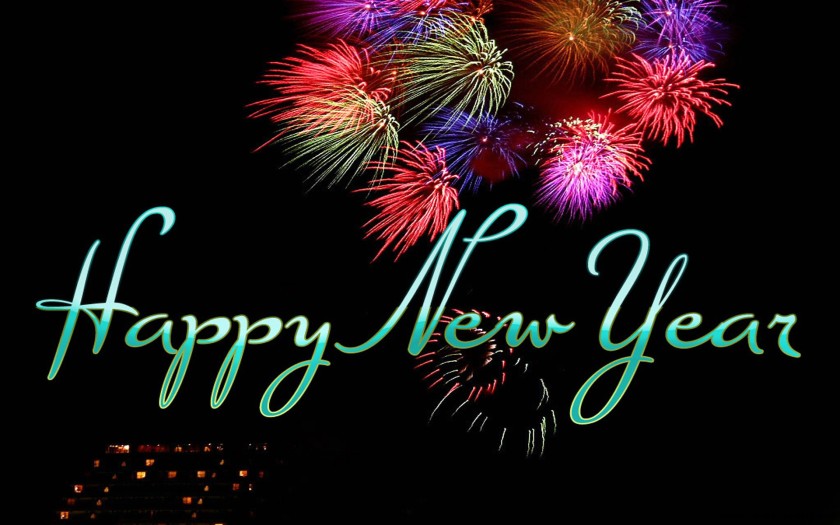
© Oxford Tutoring 2015
 Meet the author: Julia Myres is an ELA instructor at Oxford Tutoring who has been working with students for over 10 years. She builds up her student’s confidence in the subjects they struggle with through encouragement and support. Striving to make her students ready to tackle even the most difficult concepts as they move up in their education, she motivates her students to take their education into their own hands and thrive.
Meet the author: Julia Myres is an ELA instructor at Oxford Tutoring who has been working with students for over 10 years. She builds up her student’s confidence in the subjects they struggle with through encouragement and support. Striving to make her students ready to tackle even the most difficult concepts as they move up in their education, she motivates her students to take their education into their own hands and thrive.
Contributors:
Alex Claude: Alex Claude is an SAT and ACT ELA Director and an ELA tutor at Oxford Tutoring. He takes the time to get to know his students so he can learn and apply how to best teach them. Alex teaches his students how to effectively communicate through writing, and how to analyze informational texts and novels.
Jason Orens: Jason, a Math and Computer Science Instructor has been tutoring with Oxford Tutoring for over nine years. Utilizing the student’s existing knowledge and a touch of humor, Jason strives to remove students mental barriers between themselves and the difficult, technical materials. He combines his years of tutoring experience and expertise in the fields of Math and Computer Science to give his students the tools they need to succeed in these challenging classes.
Yuriko Lord: Yuriko is a Math and Science instructor who has been tutoring at Oxford Tutoring for over eight years. Fully invested in her students, Yuriko sees her students through the demanding Math and Science courses, motivating her students through encouragement, accountability, and by challenging them to take their education into their own hands. She incorporates visual and auditory tools into her tutoring method in order to best reach her student’s learning styles and educational needs.
![]()
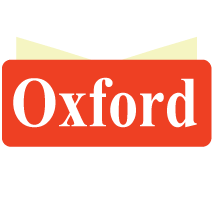


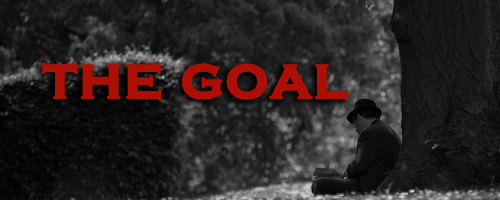
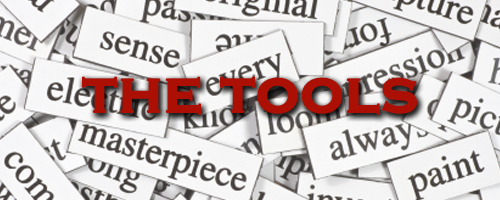
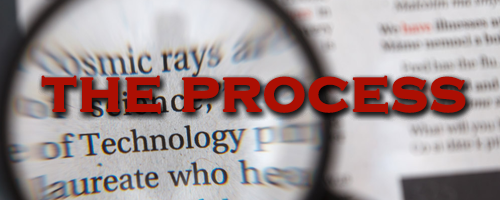
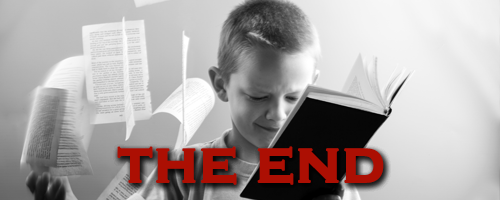


 #1 – Avoid Summer Learning Loss
#1 – Avoid Summer Learning Loss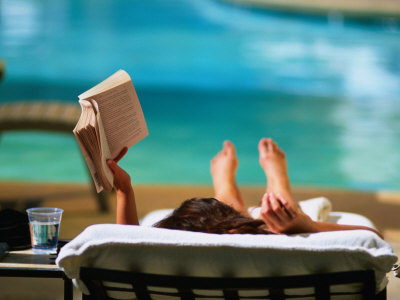
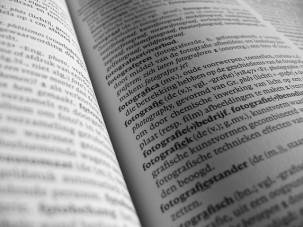
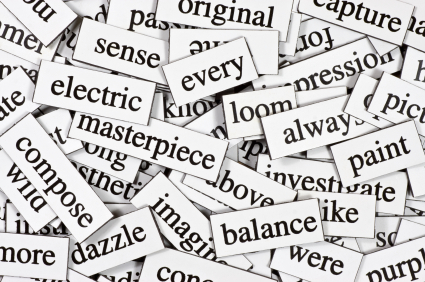
 #3- Obtain Analysis Skills
#3- Obtain Analysis Skills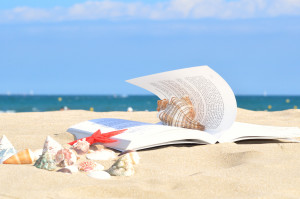
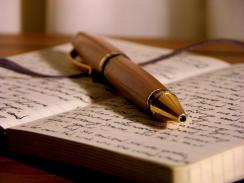


 #5 – Read What You Want
#5 – Read What You Want



 The thesis statement is easy to identity?
The thesis statement is easy to identity? Details
Details The commentary makes the details clearer and easier to understand:
The commentary makes the details clearer and easier to understand:




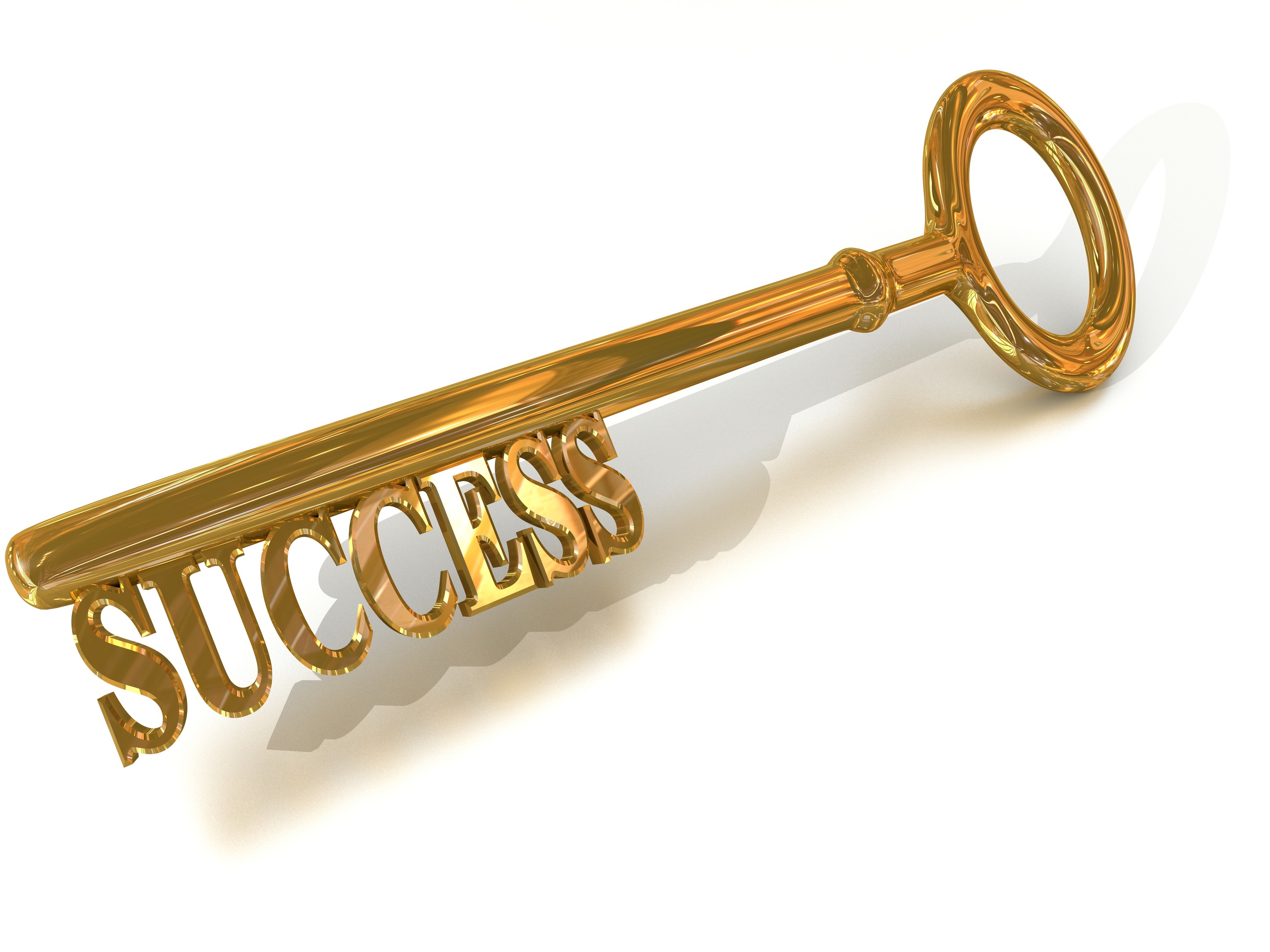






 If your essay was persuasive, try writing a call to action.
If your essay was persuasive, try writing a call to action.




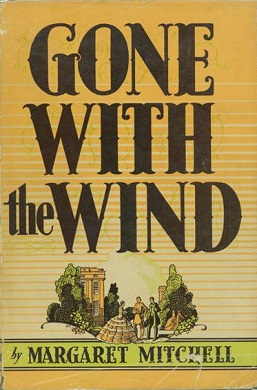

 Let’s say your essay is focusing on bullying. Using a rhetorical question to start your introduction paragraph could look like this:
Let’s say your essay is focusing on bullying. Using a rhetorical question to start your introduction paragraph could look like this:
 Fifty percent of marriages end in divorce. This well-known statistic reflects the ever-changing family dynamic.
Fifty percent of marriages end in divorce. This well-known statistic reflects the ever-changing family dynamic.
 For example, if you were writing an informative paper on the devastation of the Black Plague, it would help the reader to know details about the time period in which the Black Plague took place, how many died from the disease, what areas it affected, etc.
For example, if you were writing an informative paper on the devastation of the Black Plague, it would help the reader to know details about the time period in which the Black Plague took place, how many died from the disease, what areas it affected, etc.


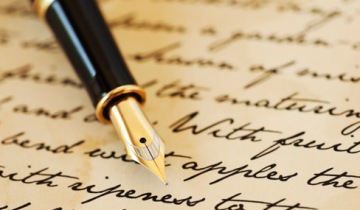






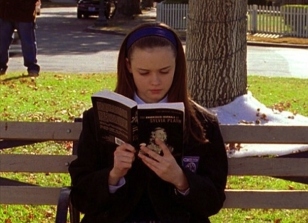 What Should my Details look like?
What Should my Details look like? 1) Evidence
1) Evidence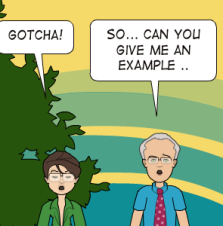
 3) Illustrations/Descriptions
3) Illustrations/Descriptions
 5) Occurrences/Sequencing
5) Occurrences/Sequencing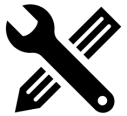




 It seems simple enough and it is. But planners are an often overlooked option for preparing to take exams. And don’t just buy a planner, make sure that you actually use it! There you can put down every upcoming test,
It seems simple enough and it is. But planners are an often overlooked option for preparing to take exams. And don’t just buy a planner, make sure that you actually use it! There you can put down every upcoming test,

 Additionally, it is extremely helpful to study a little bit every day. One of the biggest mistakes students make is that they prepare for their tests and write their papers the night before. This works against you in several ways. First of all, the stress level alone means you are not going to be as present while studying. Secondly, trying to cram week’s worth of learning or writing into one evening is an excellent way not to learn. Lastly, because you have jammed all that information into your brain just for one test, chances are once the test is over, all that information is going to fall away. This will be detrimental come final’s time; and, even more harmful in classes like Math and Science, where concepts build upon one another, meaning that it is necessary to have a firm foundation of one formula before being able to understand another.
Additionally, it is extremely helpful to study a little bit every day. One of the biggest mistakes students make is that they prepare for their tests and write their papers the night before. This works against you in several ways. First of all, the stress level alone means you are not going to be as present while studying. Secondly, trying to cram week’s worth of learning or writing into one evening is an excellent way not to learn. Lastly, because you have jammed all that information into your brain just for one test, chances are once the test is over, all that information is going to fall away. This will be detrimental come final’s time; and, even more harmful in classes like Math and Science, where concepts build upon one another, meaning that it is necessary to have a firm foundation of one formula before being able to understand another.





 No matter how long the break, do not, I repeat do not go on Instagram, play a video game or turn on the TV. These activities are not actually giving your brain a rest. Furthermore, you will most likely end up spending longer than your planned break and waste precious study time. It is ideal to grab a healthy snack, get outside or go for a quick walk. On your longer breaks, consider shooting hoops or playing a quick game of catch. Exercise helps your brain in a number of ways, including fighting stress and improving your ability to focus. (
No matter how long the break, do not, I repeat do not go on Instagram, play a video game or turn on the TV. These activities are not actually giving your brain a rest. Furthermore, you will most likely end up spending longer than your planned break and waste precious study time. It is ideal to grab a healthy snack, get outside or go for a quick walk. On your longer breaks, consider shooting hoops or playing a quick game of catch. Exercise helps your brain in a number of ways, including fighting stress and improving your ability to focus. (

 establish when studying. For example, when you get ready for bed you might (hopefully) first brush your teeth, then wash your face, put on your pajamas, set your alarm, and finally hop into bed. These steps, taken in the same order most nights, signal to your brain that it is time to sleep. Forget one of your steps or add surfing the web while lying in bed to your routine, and you may find yourself tossing and turning.
establish when studying. For example, when you get ready for bed you might (hopefully) first brush your teeth, then wash your face, put on your pajamas, set your alarm, and finally hop into bed. These steps, taken in the same order most nights, signal to your brain that it is time to sleep. Forget one of your steps or add surfing the web while lying in bed to your routine, and you may find yourself tossing and turning. This is the same for when you study. If you listen to music while studying, your brain will associate the information you are learning with music. So when you go to class and sit down to take a test, your brain will have a harder time recalling that information because it will be waiting for music that never actually plays.
This is the same for when you study. If you listen to music while studying, your brain will associate the information you are learning with music. So when you go to class and sit down to take a test, your brain will have a harder time recalling that information because it will be waiting for music that never actually plays. ly get in your eight hours of sleep the night before. (And hey guys, it should be at least 8 hours. Because, as an adolescent, your bodies and brains are working harder as they develop,
ly get in your eight hours of sleep the night before. (And hey guys, it should be at least 8 hours. Because, as an adolescent, your bodies and brains are working harder as they develop, 
 Not long ago a student was preparing for her finals, and her mother, knowing that she would have a lot of studying ahead of her, put together a care package of goodies to help her get everything finished. This act was kind on her mother’s part, but the contents were cringe worthy. Inside were salty pretzels, chocolate muffins, candy, soda and several other junk food items. The irony here was that though her mother was trying to help her, this care package was not at all useful. These foods would do nothing whatsoever to give her energy and the mental strength to get through finals, in fact these foods would work against her.
Not long ago a student was preparing for her finals, and her mother, knowing that she would have a lot of studying ahead of her, put together a care package of goodies to help her get everything finished. This act was kind on her mother’s part, but the contents were cringe worthy. Inside were salty pretzels, chocolate muffins, candy, soda and several other junk food items. The irony here was that though her mother was trying to help her, this care package was not at all useful. These foods would do nothing whatsoever to give her energy and the mental strength to get through finals, in fact these foods would work against her.

 Many do not discover the power of a committed study group until after High School; however, students as young as Jr. High can find study groups valuable. We’re not talking about a group of friends who get together for an hour, talk for half of it, take selfies for another 15 minutes, and do not get around to studying until it’s almost time to leave.
Many do not discover the power of a committed study group until after High School; however, students as young as Jr. High can find study groups valuable. We’re not talking about a group of friends who get together for an hour, talk for half of it, take selfies for another 15 minutes, and do not get around to studying until it’s almost time to leave.
 Not sure where you want to be in the future? Take a few moments to reflect. Decide what grades you want this semester. Think about the college of your dreams. Even go as far as what type of job you want. Write them down. Go back to them throughout the semester to remind yourself of what it is that you are working so hard for.
Not sure where you want to be in the future? Take a few moments to reflect. Decide what grades you want this semester. Think about the college of your dreams. Even go as far as what type of job you want. Write them down. Go back to them throughout the semester to remind yourself of what it is that you are working so hard for.
 We hope that this list gave you some helpful tips to study more effectively in the New Year. Even if using just a few of these tips end up making your studying more efficient, then it was worth the effort of applying these tools.
We hope that this list gave you some helpful tips to study more effectively in the New Year. Even if using just a few of these tips end up making your studying more efficient, then it was worth the effort of applying these tools.
 Meet the author: Julia Myres is an
Meet the author: Julia Myres is an  As the school years went by, a bad habit began to form. When it came time for me to speak with my parents, I was no longer speaking English or Spanish, now I was speaking “Spanglish.” My sentences consisted of English and Spanish words; I was now saying things like, “And then, yo le dije a mi friend que she couldn’t do that por que she was going to get in trouble!” Translation: “And then I told my friend that she couldn’t do that because she was going to get in trouble!” I spoke like this for months before my dad finally put his foot down and told me that “Spanglish” was not allowed in the home because it wasn’t a language and I sounded ridiculous. It took a couple of months to me to remove “Spanglish” from my list of languages.
As the school years went by, a bad habit began to form. When it came time for me to speak with my parents, I was no longer speaking English or Spanish, now I was speaking “Spanglish.” My sentences consisted of English and Spanish words; I was now saying things like, “And then, yo le dije a mi friend que she couldn’t do that por que she was going to get in trouble!” Translation: “And then I told my friend that she couldn’t do that because she was going to get in trouble!” I spoke like this for months before my dad finally put his foot down and told me that “Spanglish” was not allowed in the home because it wasn’t a language and I sounded ridiculous. It took a couple of months to me to remove “Spanglish” from my list of languages.